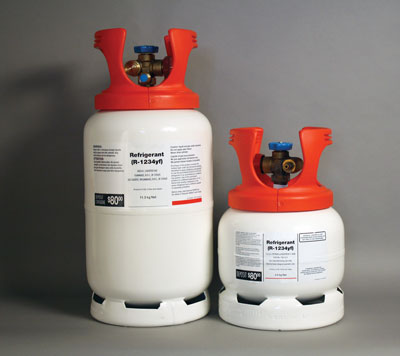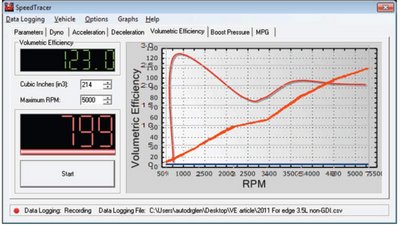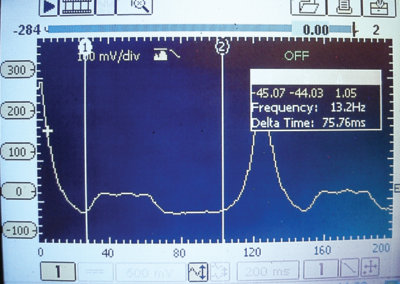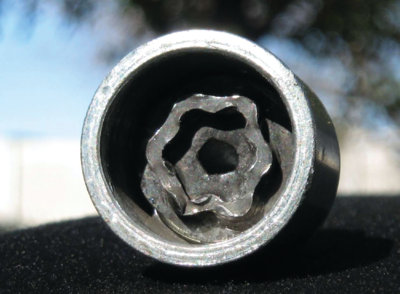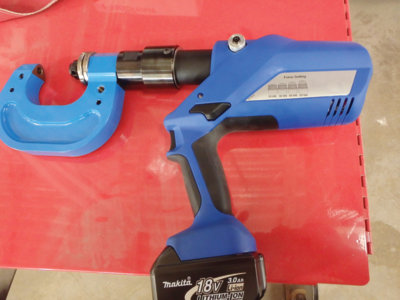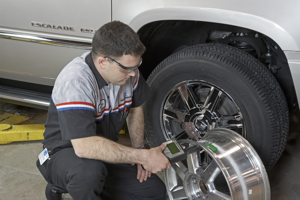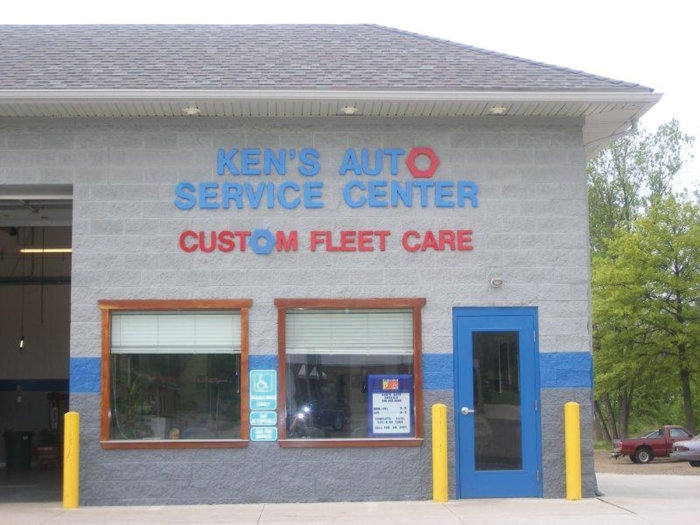 They weren’t called hubs back in 1898, but the original Timken tapered roller bearings were, in fact, hub unit bearings as installers and warehouse distributors know them today. Since then, The Timken Company has been recognized as a worldwide leader in the manufacturing of highly engineered bearings.
They weren’t called hubs back in 1898, but the original Timken tapered roller bearings were, in fact, hub unit bearings as installers and warehouse distributors know them today. Since then, The Timken Company has been recognized as a worldwide leader in the manufacturing of highly engineered bearings.
Our extensive global manufacturing facilities and research capabilities provide a solid foundation for continued product innovation. Only bearings that meet our stringent worldwide quality requirements earn the right to be marked with the Timken brand. No mater where it is produced, every bearing that carries our respected brand is backed by the full strength and integrity of Timken. No matter which distribution channel Timken bearings are sold through – OE or aftermarket – you’re assured of getting the same reliable product.
The consistent quality and dimensional characteristics of Timken bearings are welcomed by professional installers. These factors help to ensure proper product installation, minimize installation time, reduce warranty claims and maximize profitability. Additionally, properly installed parts help to maximize product life and safety. This translates into greater customer satisfaction. It’s a win – win proposition.
However, the automotive aftermarket should be very concerned about low-cost manufacturers being left to their own resources to make a product that looks like the original. Even if a product looks like the original and the external dimensions are the same, it does not mean the part will perform like the original.
In the absence of regulatory or industry standards, low-cost products may not meet original specifications including material composition, steel grade, heat treat processes, geometry of internal components, etc. One of the leading causes of hub unit bearing failure is improper torque of attaching hardware. Failure of this hardware can cause the wheel of a vehicle to come off. Imagine this occurring at 65 mph on an interstate highway – all because someone saved a few dollars buying look-alike product.
Timken has a single-minded commitment to excellence. In this business, reputation and reliability are everything. At every turn – there’s uncompromised quality, consistency and reliability. Because what goes around, comes around.
 For additional information on products offered by Timken, visit www.timkeninfo.com.
For additional information on products offered by Timken, visit www.timkeninfo.com.


